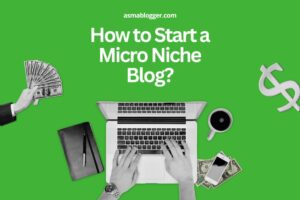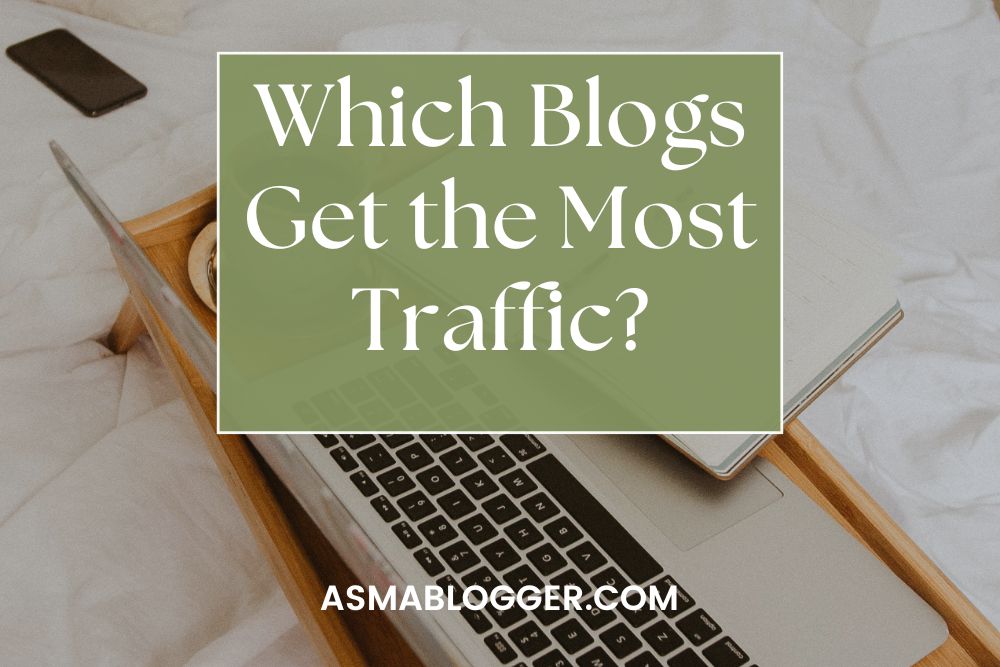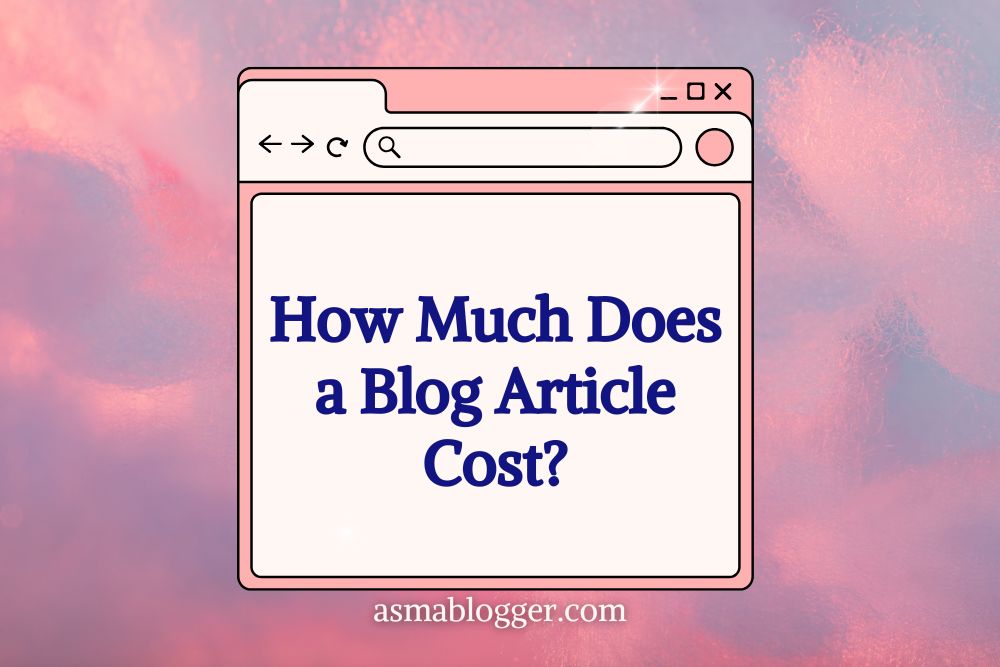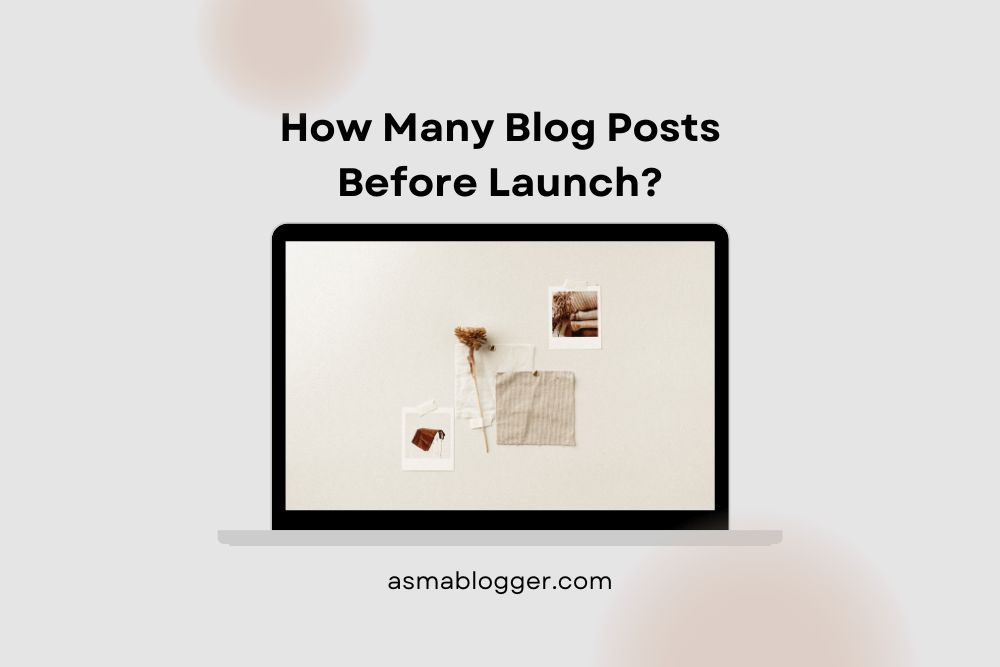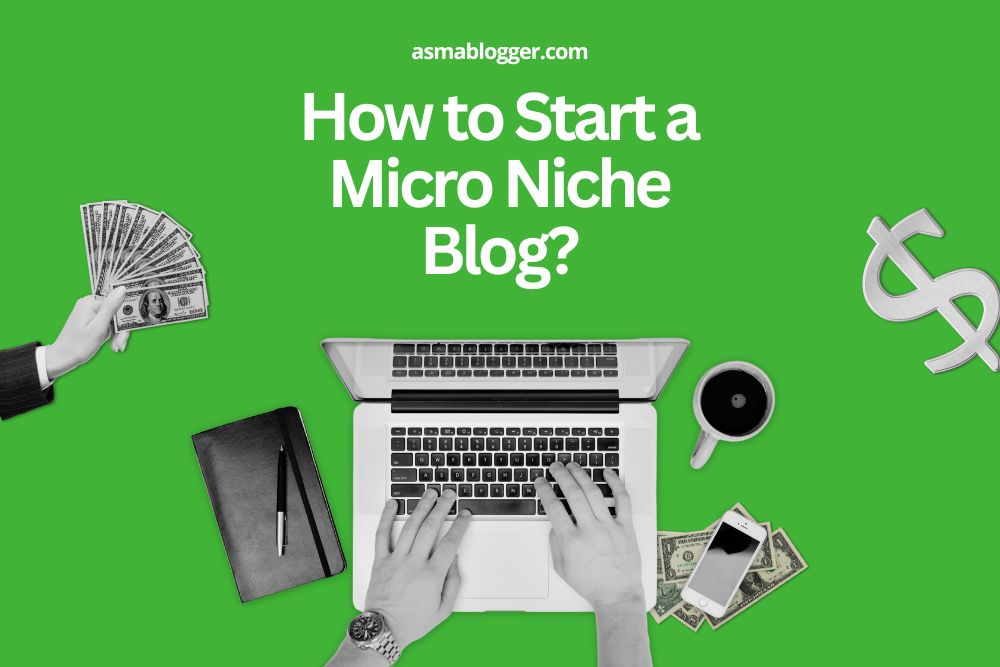Are you struggling to build a following for your blog despite having top-notch content and design? As an expert blog manager, I hear this concern often. You see, your blog isn’t just a space for your business—it’s where you build personal connections with your readers. But if no one’s reading, what’s the point? I get it. Building a loyal blog following can feel daunting, especially when starting from scratch. In this article, I’ll share actionable strategies to transform your blog into a magnet for readers. Let’s dive in!
Table of Contents
Toggle1. Understand Your Audience
Building a loyal blog following starts with a deep understanding of your readers. Much like organizing a dinner party requires knowing your guests’ tastes, blogging needs insights into what your audience values. This knowledge helps you write content that truly resonates, keeps readers engaged, and fosters loyalty.
Define Your Blog Audience
To create a successful blog, you need to understand your audience’s needs and preferences. So, start by developing detailed reader personas—fictional profiles that represent your ideal readers. These personas go beyond basic visitor information to include specifics about what your audience needs, wants and expects from your content.
Create Reader Personas
- Conduct Research:
- Surveys and Interviews: Survey your current readers and conduct interviews to understand their favorite content types and desired improvements. This feedback is invaluable for shaping your content strategy.
- Analyze Trends: Examine patterns in reader behavior to determine which topics and formats (articles, videos, infographics) engage them most. Use these insights to tailor your content.
- Utilize Existing Data:
- Customer Database: Review your contact database for insights into how leads or customers interact with your content, identifying common traits and preferences.
- Social Media: Engage with your audience on social platforms. Observe the conversations, questions, and content they share to gain real-time understanding of their interests and needs.
- Develop Personas:
- Demographic Information: Collect basic details such as age, occupation, education level, and location to understand the general background of your readers.
- Psychographic Details: Explore their motivations, goals, and challenges. Knowing what drives them and their aspirations allows you to create content that speaks directly to their desires and needs.
- Consider Negative Personas:
- Exclusionary Profiles: Identify who your content is not for, such as those with mismatched interests or expectations. This helps you focus your efforts on attracting the right audience.
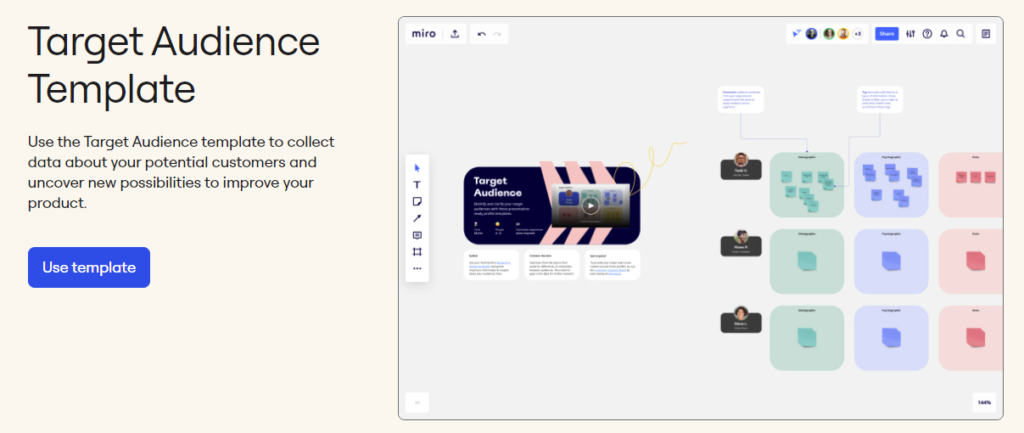
2. Write High-Quality Content
Creating high-quality content is key to attracting and retaining readers. To craft blog posts that resonate and provide real value, follow these steps:
- Focus on Persona-Driven Keywords
Identify specific keywords that align with your reader personas. Instead of broad terms, target niche topics that reflect your audience’s needs. For instance, if your readers are digital marketers, use keywords like “SEO tips for small businesses” rather than just “digital marketing.” Tools like SEMrush or Google Keyword Planner can help pinpoint these targeted keywords. - Match Content to Audience Preferences
Customize your content format to suit your audience’s preferences. If your readers favor visuals, incorporate infographics or SlideShares. Monitor metrics such as views and shares to see what content types engage your audience the most and adjust your strategy accordingly. - Develop a Unique Voice
A distinct and consistent blog personality helps you stand out and connect with readers. Whether your tone is professional or casual, make sure it reflects your brand and resonates with your audience. For example, Red Bull’s high-energy content matches its adventurous brand. Check out my guide on What Tones Should You Use When Developing Content? Best Tips - Use an Editorial Calendar
Plan and organize your content with an editorial calendar to maintain consistency. This helps ensure regular posts align with your readers’ interests. If you post weekly, schedule a mix of in-depth guides and timely articles to keep your content fresh and engaging. - Provide Real Value
Offer content that delivers value, whether through education, practical tips, or entertainment. For example, a comprehensive guide on retirement savings can be a valuable resource for your audience. Regularly update evergreen content to keep it relevant and authoritative.

3. Optimize Your Content for SEO to Get Organic Traffic
To attract the right audience and boost your blog’s search engine rankings, follow these SEO optimization tips:
- Customize Your URL Structure
Create a clear, keyword-rich URL that reflects your post’s content, such as yourwebsite.com/seo-strategies, to help both search engines and readers understand the topic. - Create an Engaging Title
Design a compelling headline that includes relevant keywords and entices readers to click. Aim for 6 to 13 words for optimal performance and accuracy. - Use Clear Section Headers
Break content into sections with bold headers to enhance readability and guide readers. This also helps search engines understand your post’s structure. - Use a Table of Contents
For longer posts, add a hyperlinked table of contents at the start. This improves navigation and encourages readers to explore more of your content. - Ensure Mobile Responsiveness
Optimize your blog for mobile devices to improve user experience and reduce bounce rates, as a significant portion of web traffic comes from mobile users. - Incorporate Keywords Naturally
Use relevant keywords throughout your content, but avoid keyword stuffing. Integrate them naturally into your text, headings, and meta descriptions. - Simplify Language
Write in clear, conversational language to make your content accessible and engaging for a broad audience. Avoid jargon and complex terms. Break text into shorter paragraphs to enhance readability. - Add Internal Links
Link to other relevant posts within your blog to keep readers engaged and help search engines understand the relationships between pages. - Optimize Images
Include descriptive alt text for images to improve SEO and increase visibility in image search results. Use properly licensed images and provide citations. - Enable Social Sharing
Add social media share buttons to make it easy for readers to share your content and increase its reach. - Use Smart Calls-to-Action (CTAs)
Incorporate targeted CTAs relevant to your content to drive conversions and guide readers toward desired actions.

4. Use Social Media to Build Your Blog Following
Social media is a powerful tool for growing your blog’s audience. Here’s how to make the most of it:
- Be an Active Participant
Engage with the community by joining conversations, sharing insights, and responding to posts. Genuine interaction helps build relationships and encourages users to visit your blog. - Learn the Rules and Culture
Understand the norms of each platform. Tailor your approach to fit the platform’s culture, whether it’s self-promotion or content sharing, to ensure your efforts are well-received. - Find and Connect with Key Players
Identify and engage with influencers and active users in your niche. Collaborate with them to boost your blog’s visibility and credibility. - Build and Nurture Relationships
Focus on making connections and supporting others. A strong network enhances your blog’s reputation and can lead to guest posts and cross-promotion opportunities. - Avoid Being Self-Centered
Balance self-promotion with sharing valuable content and participating in discussions. Also, being supportive and generous can lead to reciprocal support and increased engagement. - Discover What Works Best for Your Blog
Experiment with different platforms to find where your audience is most active. Tailor your strategy to fit the unique characteristics of each platform. - Utilize Social Media for Branding
Use social media to reinforce your blog’s brand identity. Regular engagement helps establish a strong brand presence and increases visibility. - Convert Traffic into Loyal Readers
Focus on turning social media visitors into regular readers by offering compelling content, newsletters, and exclusive offers to keep them engaged.

Don’t have social media? No worries—check out my guide on How to Promote Your Blog Without Social Media: Tested Strategies
5. Build an Email List for Email Marketing
An engaged email list is essential for growing your blog following. Offering exciting incentives, or “freebies,” can effectively encourage visitors to subscribe. Here’s how to make the most of these freebies:
Types of Freebies
- Content Upgrades
Enhance specific blog posts with related bonuses. For example, offer a downloadable media kit template with a post on designing media kits.
Examples:- Checklists
- Templates
- Case Studies
- Standalone Freebies
Self-contained offers that appeal broadly. Promote them through landing pages or your homepage.
Examples:- Free Courses
- Mini-Guides/eBooks
- Webinars
- Hybrid Freebies
Combine content upgrades with standalone offers. For example, a free blog-starting course promoted both in posts and on a landing page.
How to Use Freebies Effectively
- Create Valuable Freebies
Ensure freebies are useful and relevant to your audience. - Strategically Place Opt-In Forms
Embed forms within posts, use pop-ups, or dedicate landing pages to capture subscribers. - Promote Widely
Drive traffic through your homepage, social media, and existing email lists. - Regularly Update and Rotate Freebies
Keep your offers fresh to engage current subscribers and attract new ones.

6. Collaborate with Other Bloggers and Influencers to Build Your Blog Following
Collaborating with bloggers and influencers can greatly enhance your blog’s reach. Here’s how to effectively leverage these partnerships:
- Conduct Interviews
Interview other bloggers or be interviewed to tap into their audience. This creates fresh content and boosts visibility as their followers discover your blog. - Join Mastermind Groups
Engage in mastermind groups with fellow bloggers to exchange ideas, discuss strategies, and plan joint projects. Active participation can lead to collaborative content opportunities. - Host Webinars
Partner with bloggers to host webinars. Choose collaborators with a strong following and offer mutual benefits. Webinars showcase your expertise and connect you with new audiences. - Run Roundup Posts or Series
Create roundup posts featuring contributions from multiple bloggers or a series of collaborative articles. This enriches your content and encourages others to share it, driving more traffic. - Engage with Influencers
Work with influencers who can promote your blog to their established audience. Additionally, offer value through sponsored content or partnerships to gain credibility and expand your reach.
Check out my guide How to Write a Sponsored Blog Post That Converts?
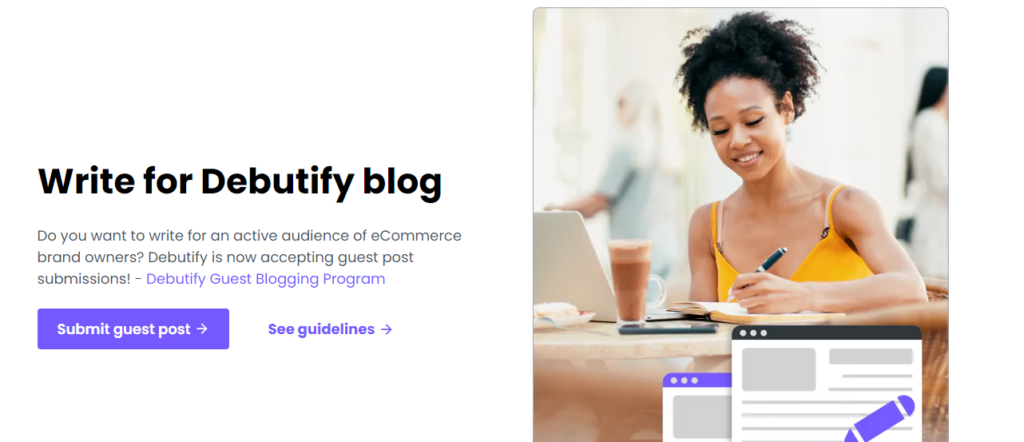
7. Utilize Paid Advertising to Build Your Blog Following
Paid advertising can significantly boost your blog’s reach. Here are key strategies to effectively use paid ads:
- Google Ads
Google Ads enables you to place ads across Google’s search results and partner sites. Target ads to specific sites or audiences based on search behavior and interests. For instance, if your blog is about personal finance, target ads on financial news sites to attract relevant readers. - Social Media Advertising
Leverage platforms like Instagram, Facebook, LinkedIn, and TikTok. Customize ads for each platform:- Mobile Optimization: Ensure ads are mobile-friendly.
- Video Content: Use engaging videos to attract attention.
- A/B Testing: Test different ad versions to find what works best.
- Native Advertising
Use content discovery platforms like Outbrain and Taboola for native ads that blend with existing content, increasing click-through rates. Additionally, consider sponsoring posts or buying ad space on related blogs to drive traffic to your site.
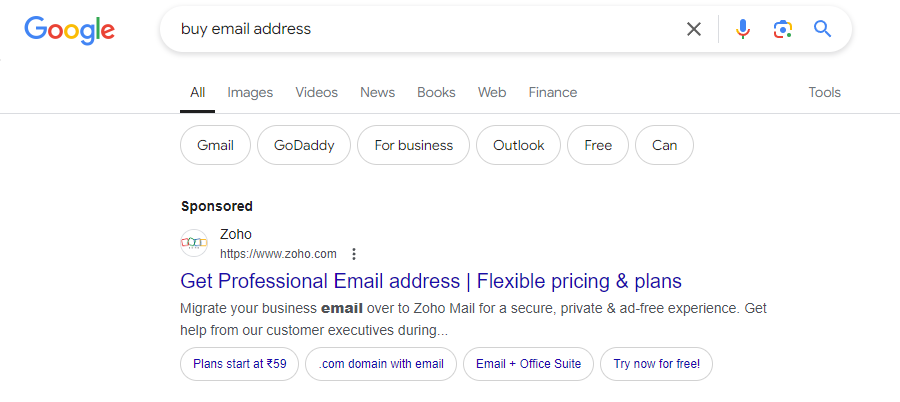
8. Repurpose Content to Build Your Blog Following
Repurposing content can maximize the value of your existing material and attract new readers. Here’s how to do it effectively:
- Turn Blog Posts into Videos
Convert your blog posts into video summaries or detailed explorations. Share these on platforms like YouTube, Facebook, and Instagram to engage visual and auditory learners, driving traffic back to your blog. - Create Infographics
Transform key points from your blog into engaging infographics using tools like Canva or Piktochart. Also, infographics are shareable and can spread your content across social media, attracting a broader audience. - Host Podcasts
Repurpose blog topics into podcast episodes to provide in-depth discussions and reach a new audience segment. Podcasts offer a personal touch and can help build a loyal following. - Turn Multimedia Content into Blog Posts
You can also reverse the process by converting multimedia content back into written form. For example, take your YouTube videos or podcast episodes and transform them into detailed blog posts.
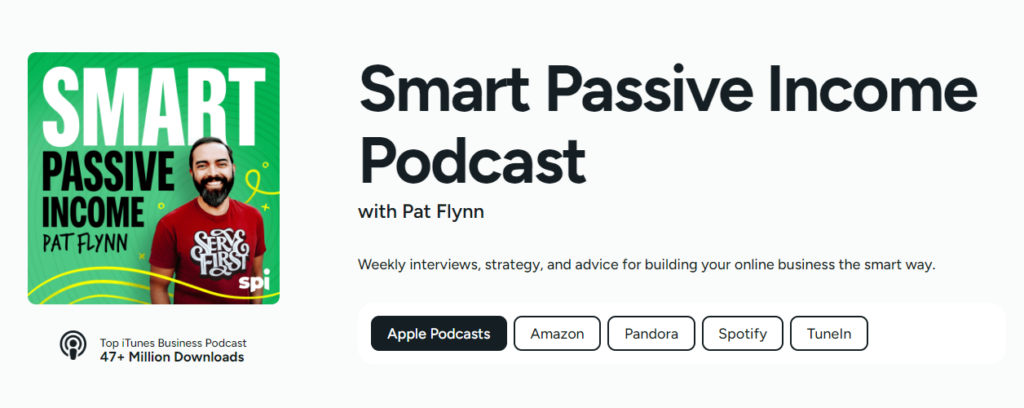
9. Tracking and Analyzing Your Blog’s Performance
To effectively build and grow your blog’s audience, tracking and analyzing performance is crucial. Here’s how to use web analytics to enhance your blog’s reach:
- Utilize Web Analytics Tools
Google Analytics is a key tool for understanding how visitors interact with your blog. It provides essential metrics to guide improvements. - Key Metrics to Monitor
- Website Traffic: Track unique visitors, page views, and sessions to identify peak periods and optimize content accordingly.
- Traffic Sources: Determine if traffic comes from organic search, social media, or referrals. Allocate resources based on the most effective sources.
- Bounce Rate: Measure the percentage of visitors who leave after viewing one page. A high rate suggests a need for more engaging content or improved user experience.
- Average Session Duration: Longer sessions indicate engaging content. Use insights to replicate successful content.
- Conversion Rate: Track actions like newsletter sign-ups or downloads. Also, optimize calls-to-action (CTAs) based on performance to improve conversions.
- Implement Insights
Use gathered data to refine content and marketing strategies. Focus on high-engagement topics and invest in successful traffic sources to drive growth.
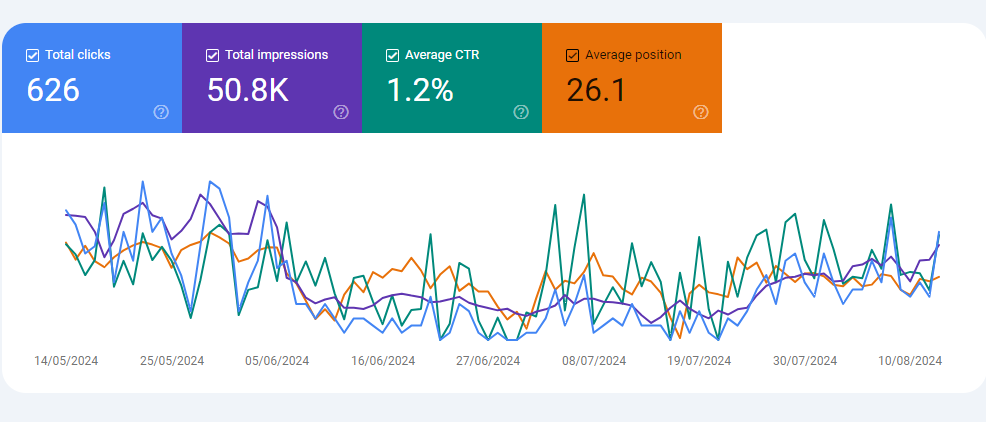
10. Be Consistent in Publishing to Build Your Blog Following
Consistency is crucial for growing and maintaining a successful blog. Here’s why sticking to a regular posting schedule matters and how to achieve it:
- Establish Expectations
A steady publishing rhythm helps readers know when to expect new content. Whether you post weekly, bi-weekly, or daily, consistency builds anticipation and keeps your audience engaged. Regular updates encourage readers to return to your blog frequently. - Use a Content Calendar
A content calendar is essential for staying organized. Plan your posts in advance to ensure a steady flow of content and avoid last-minute scrambles. This tool helps you map out your publishing schedule and maintain consistency. - Understand the Time Investment
Building a successful blog takes time. Blogs with significant followings and revenue have often spent months or years developing their audience, and consistent publishing is a key part of this long-term effort. Also, remember that success is the result of continuous dedication and effort. - Enjoy the Journey
Recognize that blogging success is gradual. Behind every high-performing blog is a history of consistent content creation and audience engagement. So, be patient and stay committed to producing high-quality content regularly.
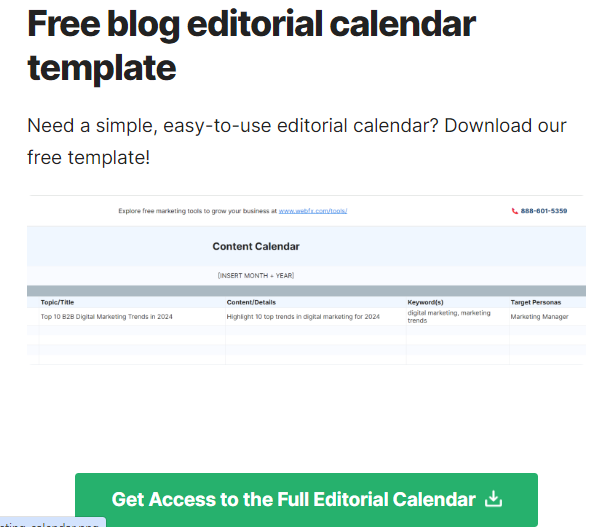
Need a Professional to Build Your Blog Following?
If building your blog following feels overwhelming, hiring a professional blog manager might be the perfect solution. With over four years of experience in growing clients’ blog followings, I offer expert blog management services designed to supercharge your blog to new heights.
Here’s How I Can Help:
- Creating High-Quality Content: I craft engaging and relevant content customized to meet the needs of your target audience, ensuring that every post resonates with your readers.
- Optimizing for SEO: By leveraging comprehensive keyword research and SEO strategies, I make sure your content reaches the right audience and ranks well in search engines.
- Driving Organic Traffic: My strategies focus on improving search engine rankings and keeping your visitors engaged, leading to increased organic traffic to your site.
- Planning and Organizing Content Strategies: I help develop a content plan, including themes, publication frequency, and the overall writing process, to keep your blog organized and effective.
- Supporting Marketing and Sales Strategies: I assist in increasing leads and sales by sharing company news, addressing frequently asked questions, and aligning blog content with your marketing goals.
As a professional blog manager, I combine strategic planning, creative thinking, and analytical skills to manage your blog effectively.
Explore my blog management services or reach out directly to discuss how I can help build your blog following and achieve your goals.
Conclusion
Building a strong blog following involves a few key strategies. Start with a captivating design and a unique, relevant name. Consistently deliver high-quality content that offers value to your readers and optimize it for SEO. Grow your audience by building an email list, using engaging opt-in forms, and promoting your blog through comments, guest posts, and your email signature. By implementing these tactics, you can attract and retain a loyal following for your blog.
If you have any questions or want to share your experiences, leave a comment below!
FAQs: How to Build a Blog Following?
How long does it take to build a blog following?
Building a blog following is a long-term effort, typically taking 3 to 6 months to see notable traffic. It can extend to 12 to 18 months for substantial growth. Key factors include content quality, targeted keywords, and backlink building. New blogs might start seeing organic traffic within weeks if they target low-competition keywords. Consistent content updates and strong SEO also play crucial roles in accelerating growth.
How to get 1,000 views per day on blog?
To achieve 1,000 daily views on your blog, focus on these strategies: Leverage social media by collaborating with influencers, engage in guest blogging on related sites, and optimize your content for SEO with relevant keywords. Additionally, regularly update your blog with long-form posts, repurpose content across platforms, and maintain consistency in publishing. Additionally, use email marketing to promote new posts and embed relevant YouTube videos.
How do I make my blog subscribers?
To grow your blog subscribers, start by offering valuable incentives, like exclusive updates or lead magnets, to entice sign-ups. Clearly highlight the benefits of subscribing and ensure you have a straightforward call-to-action, such as “Sign up now!” Regularly update your content to keep it engaging and relevant. Additionally, leverage influencer marketing and explore other strategies like creating a dedicated subscriber landing page and hosting contests to attract more readers.
How do people find your blog?
People find your blog through several channels: search engines, where optimized keywords and compelling titles boost visibility; social media, where you can share and repurpose content; and backlinks from reputable sites that enhance credibility. Additionally, promoting new posts via email newsletters and leveraging referral traffic, affiliate programs, and paid ads can also attract readers to your blog.
Can I monetize my free blog?
Yes, you can monetize a free blog in several ways. Consider sponsored posts, where companies pay you to feature their products. Affiliate marketing allows you to earn commissions by promoting products. You can also sell ad space directly or offer premium content through pay-per-view options. Additionally, you can generate income by selling eBooks, accepting donations, or providing freelance writing services.







